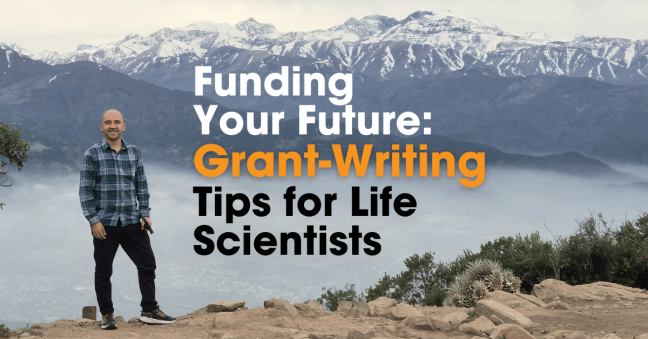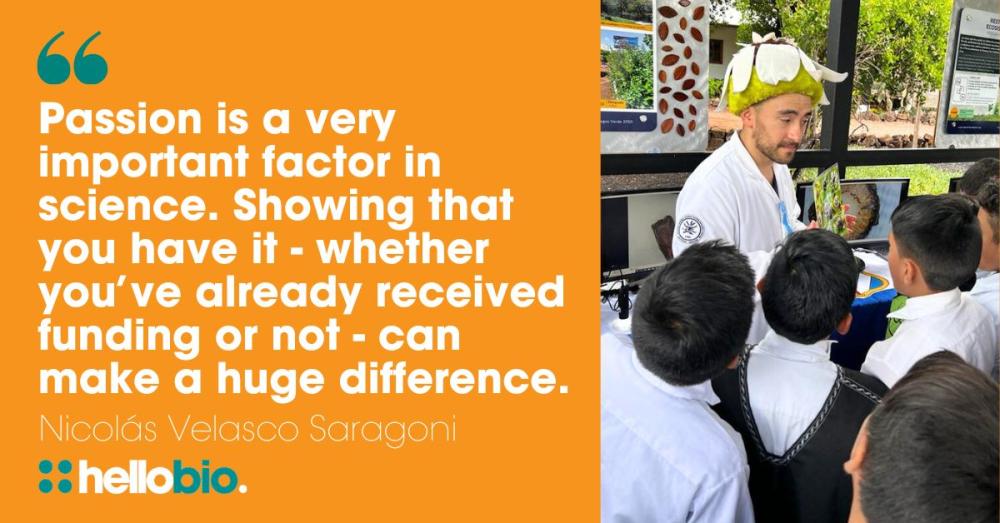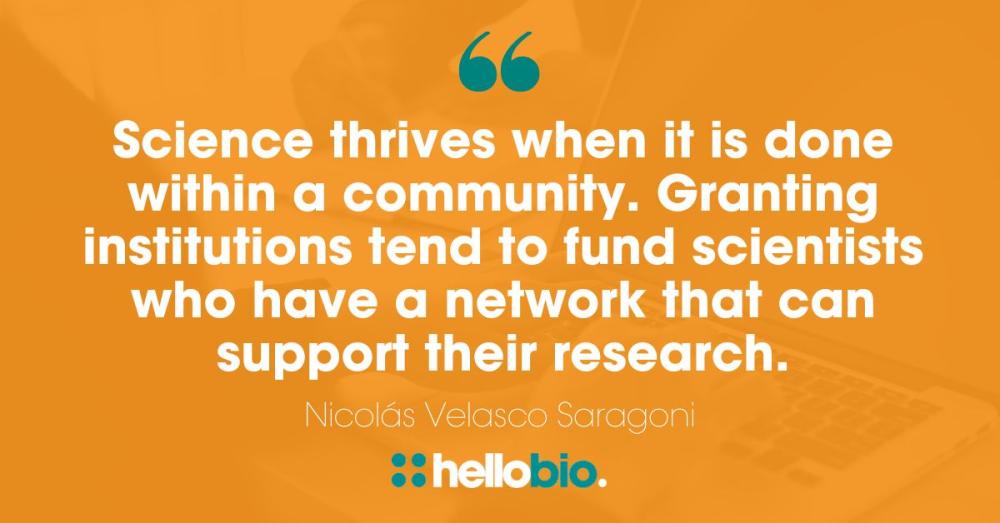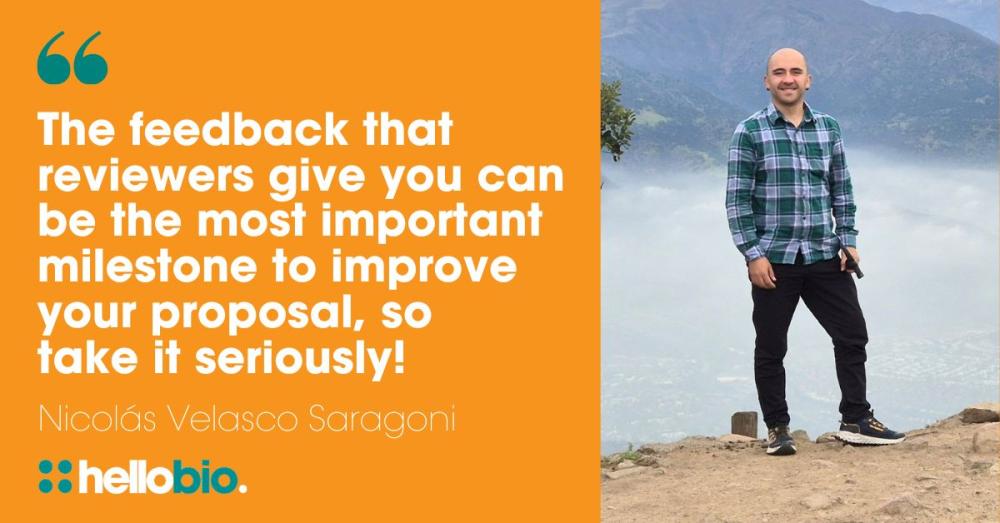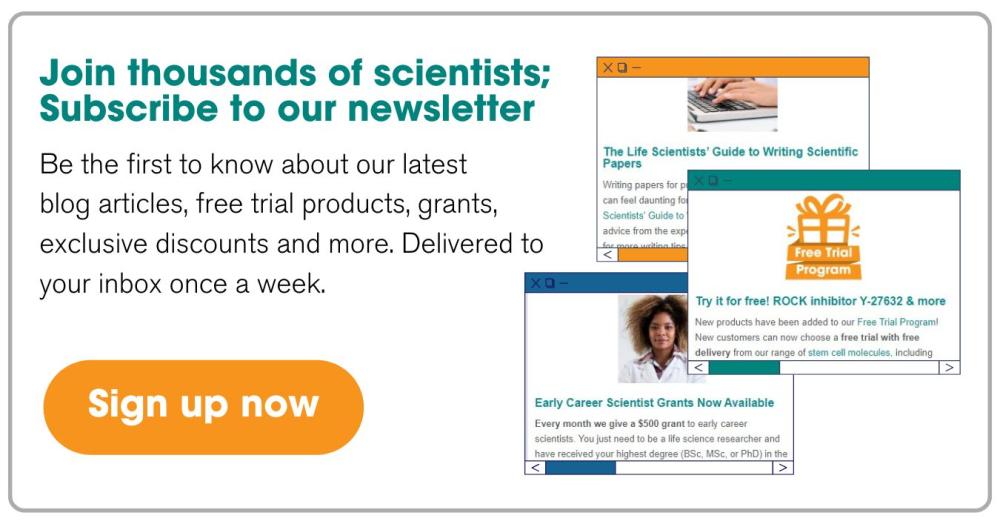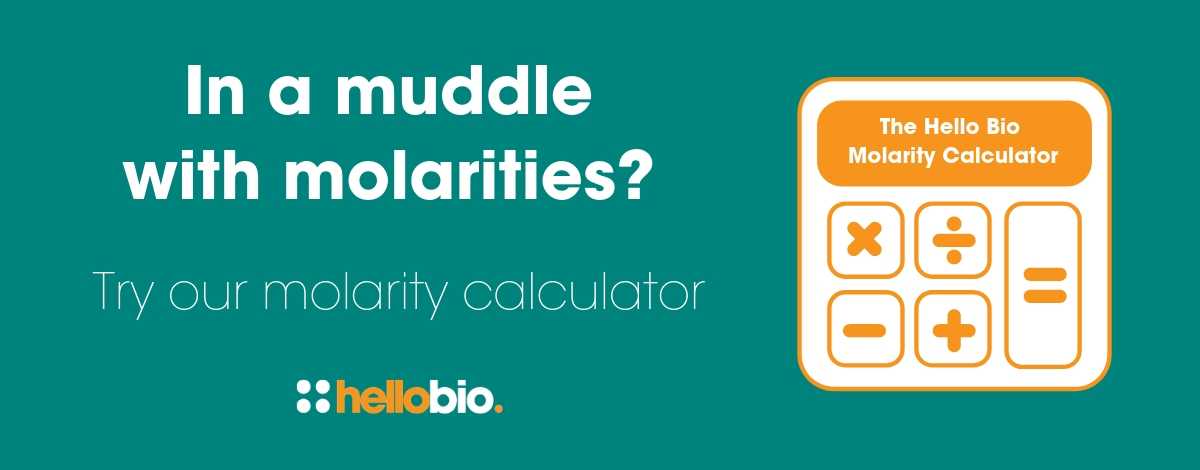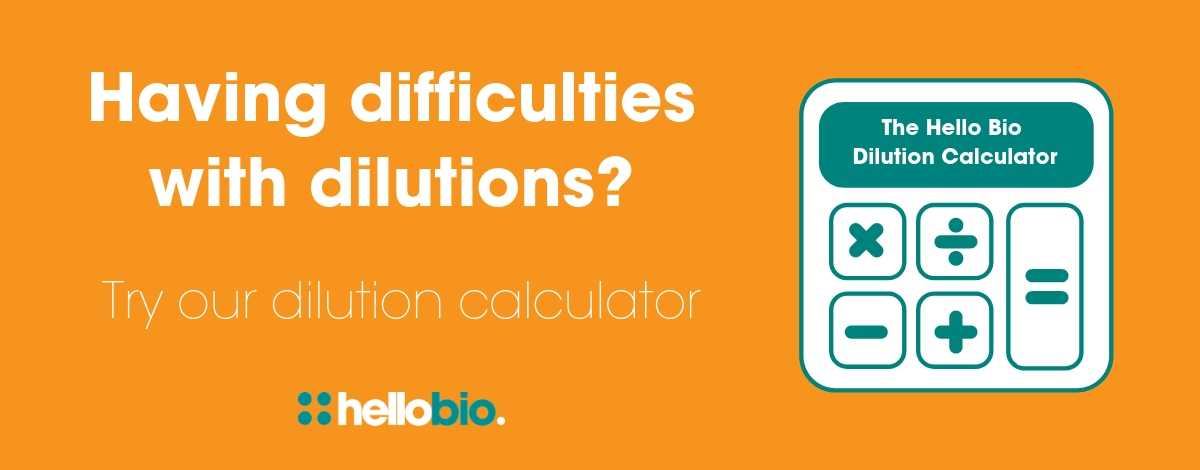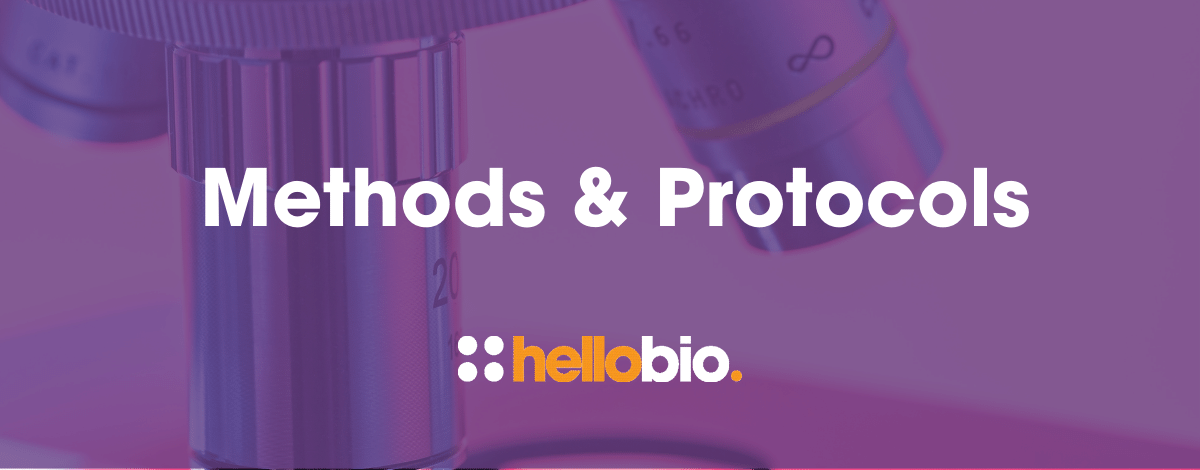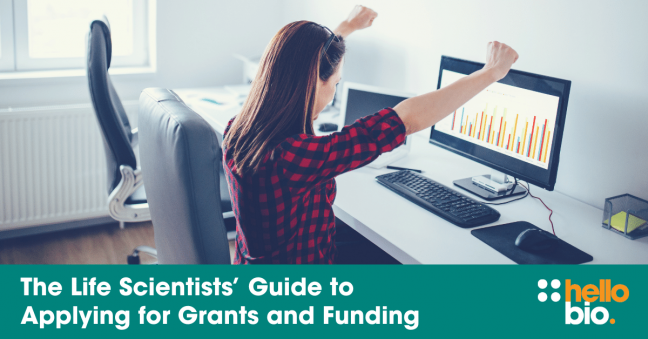Funding Your Future: Grant-Writing Tips for Life Scientists
Securing research funding is one of the biggest challenges faced by life scientists today, especially early in their careers. With limited grants available and fierce competition for funds, the process can feel overwhelming, but there’s lots you can do to improve your chances of success.
In this guest article, Nicolás Velasco Saragoni of the Institute of Ecology and Biodiversity (IEB-Chile), shares practical tips on how to find the right funding opportunities, craft a compelling proposal, and navigate the application process effectively. Whether you’re applying for your first grant or looking to refine your application strategy, the following insights will help make your research stand out to funding bodies and give you the best chance of future success.
Identify the right funding opportunities
The first step on your grant-writing journey is to identify the most suitable opportunities for you and your research. There’s no point wasting time applying for opportunities that aren’t a good match for your work, or that won’t give you everything you need to complete your project.
Start local
First, I would say to start locally. Usually, governmental institutions offer several subsidies to support your own research. These tend to be more suitable for various reasons, such as the fact that many of your colleagues will be familiar with them and can provide feedback (they’ve likely applied before), and the paperwork is easier. You can often create a schedule of when these funding opportunities are open, which tends to be on similar dates each year.
Expand your search internationally
Next, look for international funding opportunities within the networks related to your research topic. Usually, at conferences, seminars, or within scientific groups, international funding opportunities are shared, so you should keep an eye on them. These opportunities can vary widely and serve multiple purposes. Some may be large enough to fund several years of a whole project, while others may complement local or larger funding sources. Some may also be smaller, intended only to request a few research materials. The important thing here is to consider them all, as any of them could make the difference between a successful research project and one that fails.
Key elements of a successful application
There are several key elements that are essential for any grant or funding application:
-
Read the guidelines - Granting institutions usually provide clear outlines of what they will evaluate and how, so do not deviate from that. We're all passionate about our topics and could write a novel on them, but stick to the point! Remember that reviewers will read multiple applications, so deliver the message efficiently to be remembered.
-
Allow yourself sufficient time - Deadlines are there for a reason, so even if you're not completely clear about your research proposal at the start, fill in all the other information early to save time later. There’s nothing more stressful than submitting applications close to the deadline with poor revisions or, even worse, submitting an application with mistakes!
-
Be specific - Even if you have a clear idea in your mind about your proposal, this does not mean that the reviewer will have the same clarity. Do not give them a chance to interpret, so anything that can be explained (briefly) should be done. Preferably, ask someone not involved in your proposal to read it and give you feedback on your writing.
-
Balance your budget - Grants always involve money, so be sure to explain clearly how you will use it. There’s nothing more appealing to a judge than seeing that the requested budget makes sense to achieve the research proposal, the items are well itemized, and, more importantly, that the entire economic and methodological plan is feasible.
Make your proposal stand out
Most granting institutions indirectly ask for "novel research," which, ironically, often makes no grant truly novel in the application process. My suggestion is to base your proposal on facts, not on potential results. I know that many early-career scientists might find this a bit difficult, as they are just starting their research ideas and may want to highlight how promising their "novel" ideas are.
However, showing that you’ve already started working on your idea will work in your favour with the judges. Talk about the partnerships and networks you’ve created; any previous results, even if they are not yet officially published in high-impact journals; the supervision of students working on related research ideas; any media coverage related to your work; and even volunteer activities connected to your field.
Show your passion for science
Remember, passion is a very important factor in science, and showing that you have it—whether you have already received the funding or not—can make a huge difference. Instead of describing all the potential your research could have, show how you have already made progress toward achieving those results.
Craft a compelling grant application
In the current AI era, it’s tempting to use technology to help with the grant-writing process, and although there’s nothing stopping you from doing so, I would avoid sending any application where AI tools have been highly involved. It’s better to use them to outline and organize your own ideas or to check if you’ve missed any important literature.
As previously mentioned, start early and allow yourself sufficient time. Begin by writing everything that comes to mind, without worrying about word count or specific references to literature. Most scientists have a solid background in their own topic, so this can be a good exercise to express all that you know in your own words and style. Later, there will be time to adjust length, style, and format to meet scientific standard. The important thing here is to start drafting your idea as a conceptual exercise that will be refined over time. Also, although it may sound cliché, when you’re not at your laptop, jot down any ideas on your phone, on a piece of paper, or anywhere else. There is nothing worse than having the feeling that you had a great idea to include in your proposal, only to forget it later!
Be realistic about your budget
It’s vital to make your proposed budget feasible, and to do this you must consider details, particularly in the methodological sections. For example, if you're requesting a budget for sampling, specify approximately how many samples you plan to assess. If you’re asking for fieldwork funding, mention how many days of fieldwork you anticipate. If you're requesting materials for experiments, specify how many trials you’ll conduct. You get the idea.
Don’t get greedy
Additionally, most granting institutions do not have a fixed number of grants they will provide. Instead, they aim to maximize the number of grants they can accommodate within a global budget. So, if a grant can be up to $25K, for example, but your project is feasible with just $18K, don’t try to use the remaining budget for less relevant or less direct items. The purpose of the grant is to finance a project that makes sense.
Common mistakes (and how to avoid them)
Avoid trying to fit your ideas/proposal into grants that are not closely aligned with your objectives. I know there is value in trying new things when you're involved in science, such as exploring social sciences or arts, to name a few examples, but sometimes applying for grants outside your area of focus can waste your time and effort. More importantly, there will likely be other applicants better suited for these indirect grants, so my suggestion is to avoid them until you have valuable results to share that are linked to those fields.
Another suggestion, though perhaps not necessarily a mistake, would be to not apply without a partnership. Most granting institutions are eager to receive early-career scientists who have a well-developed network of partnerships (colleagues, universities, NGOs, etc.). While one can apply as an individual, science thrives when it is done within a community. Therefore, granting institutions tend to fund scientists who have a network that can support their research.
Dealing with rejection
Of course, I would love to say that I’ve had more grants accepted than rejected, but nothing could be further from the truth. Considering my studies and work, I’ve earned around 12 scholarships/grants. However, the total number of funding opportunities I’ve applied for is closer to 40.
The lesson I’ve learned from this is: apply to learn. After receiving a rejection, you’ll have a few obscure days. Obviously, you were hoping for a positive outcome with a promising future of doing your own research, but rejection can feel like a hard slap to your dreams. Assimilate the rejection and open your eyes for the gain: feedback, rubric, and recycling.
Learn from reviewer feedback
So far, there are very few funding opportunities where I haven’t received some kind of feedback. The feedback that reviewers give you can be the most important milestone to improve your proposal, so take it seriously! Remember, there’s always room for improvement, and reviewers are telling you what was missing in that room.
Some grants in the application guidelines even provide a rubric for scoring, and if you’re lucky, you may receive the individual scores after submission. These scores can help identify weaknesses, which may not always be in the proposal itself, but could relate to other items. For example, contribution to national priorities, your CV, novelty, and even recommendation letters can sometimes be scored. So, anything that isn’t rated highly can be improved.
As an example, to get my MSc scholarship, I applied three times. In each round, I had a full year to improve, but the proposal itself always received the same score. The weaknesses identified were my CV and contribution to national priorities.
Lastly, a rejection is an opportunity to recycle your proposal. You’ve already done the major part—writing it—so now you have plenty of time to refine it.
Find the positives, whatever the outcome
No matter whether your application is accepted or rejected, there are plenty of positives to take from the experience of grant-writing.
Getting a grant can obviously improve your scientific CV. You should keep them in the “grants/awards/scholarships” section after your studies. But even if I didn’t get several grants, I’ve included the overall amount of funding I’ve applied for in my CV. Most scientists apply to academic institutions or NGOs, and job listings often ask for “experience applying for national or international funding,” so this is a smart way to show that you have the experience they request.
Applying for funding can also enhance the international visibility of your CV. This is especially useful for non-native English speakers or for those working in non-English-speaking countries. Having international funding applications can demonstrate that you can navigate English-speaking settings beyond just research articles and conferences.
Finally, granting institutions are often eager to disseminate your research, so you could gain media coverage if successful. Even if you’re not granted the funding, you’ve likely shared your secret ideas with colleagues and supervisors, so keep an eye out—maybe one of them will be inspired by your passion and can help you realize your idea in another way.
___________________________________________
About the author
Nicolás Velasco Saragoni is a postdoc at the Institute of Ecology and Biodiversity (IEB-Chile) working with plant phenology and restoration. He recently finished a two-year position as researcher in Terrestrial Restoration and Conservation at the Charles Darwin Foundation for the Galapagos Islands, Ecuador. He was awarded a double PhD, in Science and Engineering from the University of Groningen, and in Science from the University of Chile, both in 2023. He has worked in a variety of roles including as a freelance environmental consultant, an assistant teacher, a field guide and a laboratory assistant.
His current research interests revolve around restoration ecology and the investigation of large-scale ecological patterns. He has a deep passion for studying plants within the Fabaceae family, with recent work being focused on exploring the differentiation of a South American tree using a variety of methods. These approaches encompass natural and laboratory-based morphological experiments, niche assessments, the development of conceptual models, and the study of plant-plant interactions. He also has a keen interest in researching biodiversity patterns, phenology, and plant regeneration.
In 2024 he was nominated for the Hello Bio Lab Heroes Awards, where his colleague Anna Calle-Loor described him as “a great scientist” and “a cherished member” of the Galapagos Verde 2050 team. She also praised his outstanding efforts in finding and applying for research grants, which helped the team secure the essential resources needed to be able to continue their work.
Connect with Nicolás Velasco Saragoni:
-
LinkedIn: Nicolás Velasco Saragoni
-
Instagram: @nico_saragoni
-
ResearchGate: Nicolás Velasco
More advice on grant-writing from Hello Bio
For more advice on grant-writing and funding applications for life scientists, take a look at these other great resources from the Hello Bio blog:
-
The Life Scientists’ Guide to Applying for Grants and Funding
-
Writing Successful Funding Applications - expert panel discussion from the LabLife Conference 2022
-
Crafting a Statement of Purpose for Funding Applications - guest article by Dr Jazmine I Benjamin
-
Writing a Winning Travel Grant Application - guest article by Kate Secombe
________________________________________________
If you enjoyed this article, why not check out the other resources available on our blog. We are passionate about supporting life scientists including early career life scientists and PhD students - with really low-priced reagents, antibodies and biochemicals, early career scientist grants, and resources to help with both personal and professional development. We know how tough it is - so we hope you find these helpful!
More General Support for Life Scientists
For advice on wellbeing, dissertations, presenting at conferences, wellbeing, PhD support, networking and lots more, we have a huge range of articles to help - just click below:
Save up to 50% on our high purity reagents...
When you get to the stage of planning your experiments, don't forget that we offer a range of low-cost, high-purity agonists, antagonists, inhibitors, activators, antibodies and fluorescent tools (yes - they really are around half the price of other suppliers!) You can use our Quick Multi-Search Tool to search for lots of products in one go, and the range includes:
- Enzyme inhibitors and activators
- Chemogenetic ligands
- Ion channel modulators
- GPCR & ionotropic receptor ligands
- Cell biology reagents & biochemicals
Technical resources
Try our Molarity Calculator: a quick and easy way to calculate the mass, volume or concentration required for making a solution.
Try our Dilution Calculator: an easy way to work out how to dilute stock solutions of known concentrations
We also offer a comprehensive range of technical resources including antibody protocols and methods, product guides and mini-reviews:
And finally, don't forget to check back in with our blog regularly for our latest articles. If there’s something you’d love to contribute to the community, whether that’s an interview or article, drop us a line at hello@hellobio.com
---





